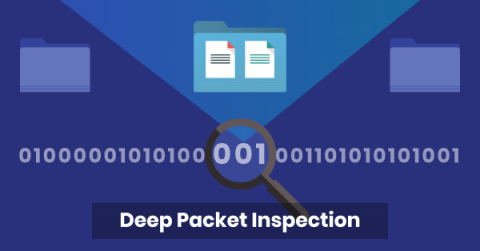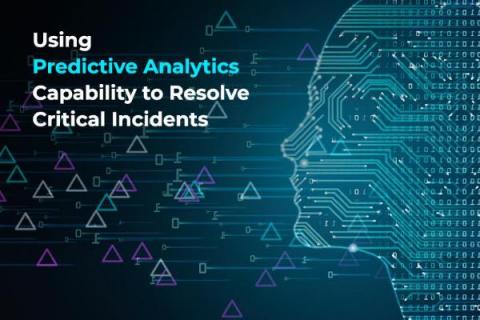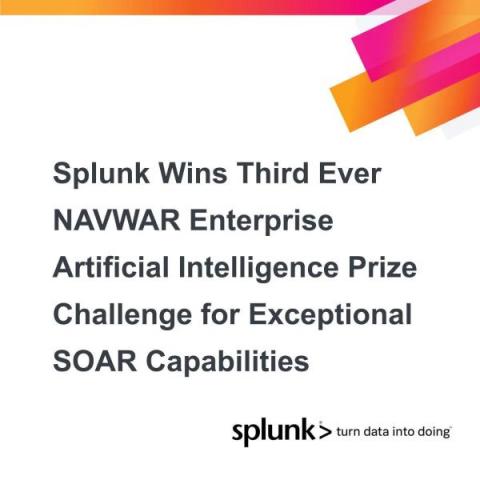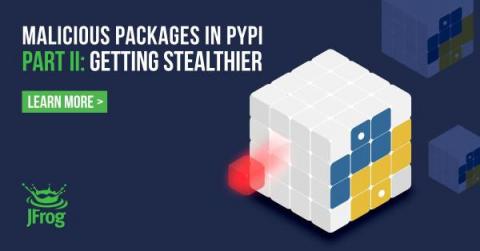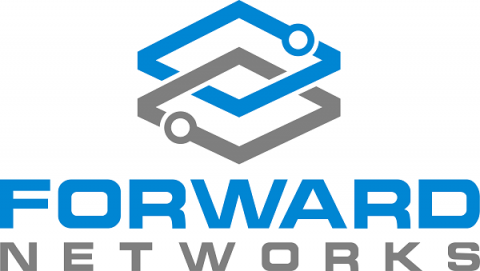EWF Conference: Plotting the Course for Your Personal Brand
“Why focus on building your personal brand?” This was the first question that Elana Anderson, Chief Marketing Officer at Veracode, asked during her presentation Plotting the Course for Your Personal Brand at the recent Executive Women’s Forum (EWF). Anderson, a lifelong student of marketing, and a former analyst at Forrester Research, has a deep understanding of the importance of both corporate and personal brands and the steps necessary to both build and maintain a brand.




